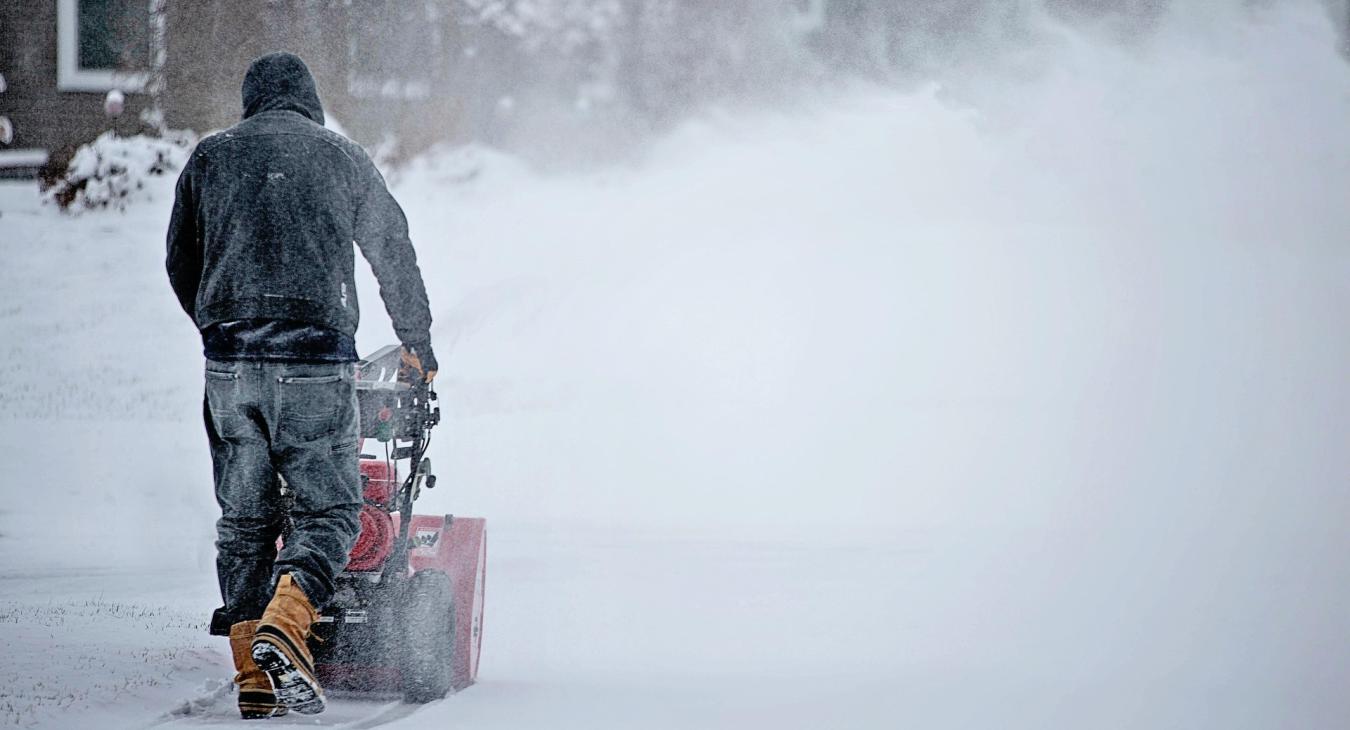Shoveling snow might be a winter necessity, but it’s also tough on your body. The effort can lead to cold stress, dehydration, injuries, or even heart attacks. That’s where a snowblower comes in—it can make clearing driveways and sidewalks faster and far less strenuous. However, safety should always come first.
Gear Up for Safety
Before you start, make sure you’re dressed for the job:
Eye protection: Safety glasses shield your eyes from flying debris.
Sturdy footwear: Insulated boots with rubber treads help prevent slips and keep your feet warm.
Stay Hands-Off
It’s crucial to keep your hands well away from the snowblower’s moving parts. Never try to clear a jam with your hands, no matter how small the obstruction may seem.
Keep a Steady Pace
Working at a brisk, consistent pace helps minimize the risk of snow sticking in the blower. Staying focused not only speeds up the process but also ensures you’re aware of your surroundings and the machine’s operation.
Fueling Done Right
Always add fuel to the snowblower when the engine is completely off. This prevents the risk of accidental fires or injuries.
What to Do If Your Snowblower Gets Clogged
Snow clogs happen, but clearing them safely is essential:
Turn it off: Power down the snowblower completely.
Disengage the clutch: This ensures the blades aren’t in motion.
Wait five seconds: Give the impeller blades time to come to a full stop. Just because the machine is off doesn’t mean it’s safe to touch immediately.
Use a stick or broom handle: Never, ever use your hands to clear a clog. Keep safety shields and devices in place for extra protection.
In Case of Injury
If an accident happens, seek medical attention right away. Quick action can make all the difference in preventing further damage.
A snowblower is a fantastic tool for winter maintenance, but like any machine, it requires caution and care. Follow these tips to clear your paths safely and enjoy the season with peace of mind.

